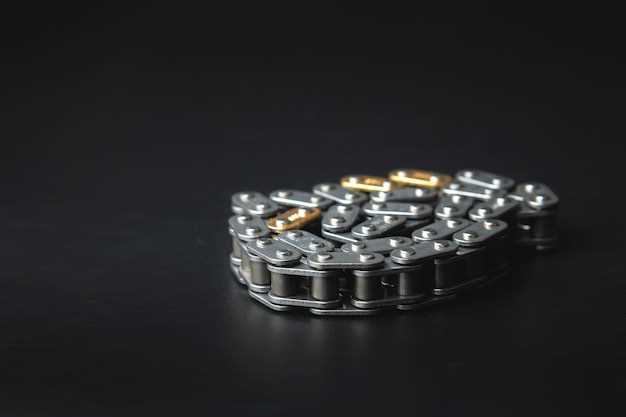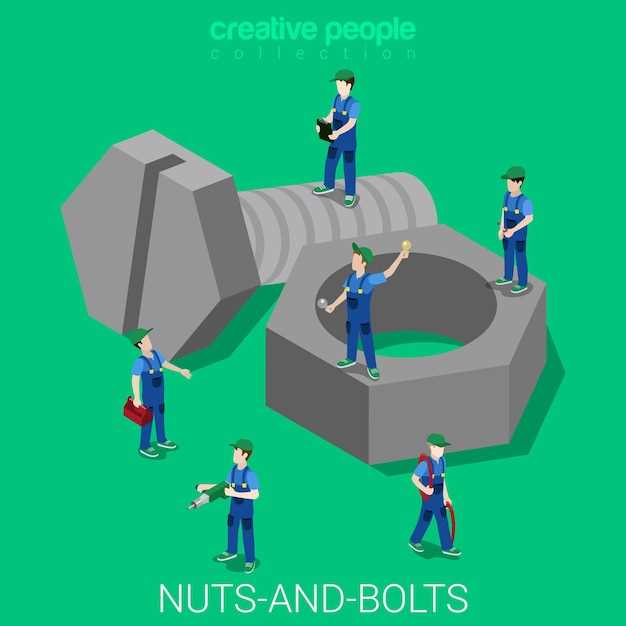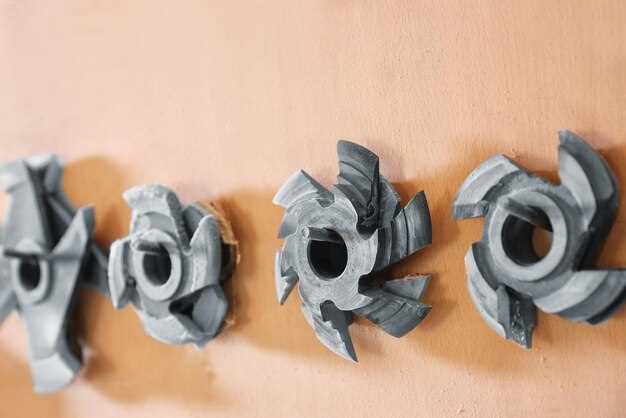
When it comes to enhancing vehicle braking performance, one of the key components that enthusiasts and everyday drivers alike consider is the brake rotor. With a variety of options on the market, drilled and slotted rotors have emerged as two popular choices for those looking to improve their brake systems. Understanding the advantages and potential drawbacks of each type is essential for making an informed decision.
Drilled rotors are designed with holes drilled through the disc, providing several benefits. These holes help to increase airflow, which can enhance cooling and reduce the risk of brake fade during intense driving conditions. Moreover, the design aids in expelling moisture and gases that accumulate between the brake pads and rotors, potentially improving performance. However, the manufacturing process of drilled rotors can lead to structural weaknesses, making them susceptible to cracking under extreme stress.
On the other hand, slotted rotors feature grooves cut into the surface of the disc. Similar to drilled rotors, the slots also facilitate heat dissipation and minimize gas build-up. Unlike their drilled counterparts, slotted rotors tend to maintain superior structural integrity due to their more robust design. However, they may not be as effective in wet conditions, as their design does not allow for the same level of water expulsion as drilled variants.
In this article, we will explore the key differences between drilled and slotted rotors, considering factors such as performance, durability, and suitability for various driving styles. By the end, you will have the insights necessary to make a well-informed choice that aligns with your driving needs and preferences.
Performance Differences: Which Rotor Type Suits Your Driving Style?

When selecting between drilled and slotted rotors, understanding their performance characteristics is crucial to match your driving style and preferences.
Drilled rotors are designed with holes that allow for better ventilation and heat dissipation. This feature is beneficial during high-performance situations, such as aggressive driving or track use. The holes help prevent brake fade by reducing the temperature of the brake pads and rotors. However, the downside is that, under certain conditions, drilled rotors can be more prone to cracking due to stress concentrations around the holes.
Slotted rotors, on the other hand, have grooves cut into their surface. These grooves improve braking performance by providing a path for gases and debris to escape from between the brake pad and rotor. This can enhance grip during braking, making slotted rotors a favorite for spirited driving and everyday applications. Slotted rotors are generally more durable than their drilled counterparts, especially in situations involving repeated heavy braking.
Your driving style plays a significant role in determining which rotor type is more suitable. If you frequently engage in high-speed driving, track days, or performance racing, drilled rotors might offer the cooling efficiency you need. Conversely, if your driving consists mainly of daily commutes and occasional spirited drives, slotted rotors will likely provide the balance of performance and durability you seek.
Ultimately, the choice between drilled and slotted rotors depends on your personal preferences, driving habits, and the conditions in which you drive. Assessing how you use your vehicle will guide you to the rotor type that enhances your braking performance effectively.
Maintenance Considerations: Longevity and Care for Your Braking System

Regular maintenance of your braking system is crucial to ensure its longevity and optimal performance. Understanding the unique requirements of drilled and slotted rotors will help you make informed decisions about care and maintenance.
- Inspection: Regularly inspect your rotors for signs of wear, cracks, or overheating. Look for uneven wear patterns that may indicate issues with brake pads or calipers.
- Cleaning: Depending on your driving conditions, it may be necessary to clean the rotors frequently. Dust, debris, and brake pad material can accumulate and impact performance. Use a brake cleaner specifically designed for this purpose.
- Brake Pad Replacement: Monitor the thickness of your brake pads. Replace them before they wear down completely to avoid damaging the rotors. Follow manufacturer recommendations for specific pad materials compatible with your rotors.
- Bleeding the Brakes: Ensure the brake fluid is clean and at the appropriate level. Periodically bleed the brakes to remove moisture that can corrode internal components and reduce performance.
- Avoiding Overheating: Overheating can warp rotors, particularly drilled rotors. Avoid prolonged heavy braking, especially in high-performance scenarios. If you notice fading, allow the brakes to cool down appropriately.
By adhering to these maintenance practices, you can extend the lifespan of your braking system, maximize safety, and enhance overall driving experience.
Cost vs. Benefit Analysis: Evaluating Your Options for Upgrading
When considering an upgrade to either drilled or slotted rotors, it’s essential to conduct a thorough cost versus benefit analysis to make an informed decision. The initial costs of these components must be weighed against their potential performance improvements and longevity. Drilled rotors typically carry a higher price tag due to their complex manufacturing process, which entails creating holes to enhance ventilation and reduce brake fade. In contrast, slotted rotors, while also pricier than standard rotors, are generally less expensive than their drilled counterparts.
The primary benefit of drilled rotors is their superior heat dissipation, which significantly improves braking performance under extreme conditions. This feature can be particularly advantageous for drivers who engage in high-performance activities or operate in climates prone to higher temperatures. However, the holes can also lead to faster wear and reduced lifespan, presenting a long-term cost consideration that must be factored into the analysis.
On the other hand, slotted rotors offer enhanced friction and better performance without the drawbacks of rapid wear associated with drilled types. The slots help maintain effective pad contact, reducing the risk of brake fade during prolonged use. While they may not cool as efficiently as drilled rotors, they strike a balance between performance and durability, leading to potentially lower replacement costs over time.
In terms of maintenance, both rotor types require attention. However, slotted rotors are generally easier to maintain due to less susceptibility to cracking and structural degradation. Therefore, when evaluating your options, consider not just the initial purchase price but also the long-term implications regarding maintenance and replacement.
Ultimately, the decision should be based on individual driving habits and needs. For high-performance applications, the benefits of drilled rotors might justify their cost. In contrast, for everyday driving or moderate use, slotted rotors might provide a more balanced option, offering good performance while maintaining cost-effectiveness.


